On November 16, information from Pu Luong Nature Reserve, Thanh Hoa province said that during field surveys from 2024 and 2025 to carry out the scientific research topic of the Vietnam - Russia Tropical Center, scientists discovered a rare orchid species in the world distributed in Pu Luong.

Rare pink-veined orchid species found in Pu Luong ( Thanh Hoa )
Accordingly, the rare orchid species found in Pu Luong is called the pink jade orchid, with the scientific name Anoectochilus roxburghii, belonging to the genus Anoectochilus, one of the most valuable medicinal orchid groups in Asia.
Mr. Le Thanh Huu, Deputy Director of Pu Luong Nature Reserve, said that during the process of conducting a survey of plants in the Khuyen stream area (Co Lung commune); the trail to the top of Pu Luong (Thanh Son commune); Son Ba Muoi (Lung Cao commune) with an altitude of 200 m - 1,650 m, scientists initially recorded about 40 species of plants in the flowering and fruiting state. Among them are many species of orchids.
"The pink jade orchid stands out with its dark green leaves with beautiful metallic veins, not only having aesthetic value but also highly appreciated in traditional medicine. Studies have shown that this species contains many valuable biological compounds such as kinsenoside, flavonoid, polysaccharide..., which have the ability to support the treatment of diabetes, hepatitis, immune disorders and some types of cancer" - Mr. Huu informed.

Not only does this orchid have beautiful flowers, it also has high medicinal value in oriental medicine.
According to Mr. Huu, in Vietnam, this orchid species is scattered in some high mountainous areas with humid climates such as Nghe An, Lang Son, Lam Dong ... The recording of pink jade brocade in Pu Luong not only enriches the flora of the conservation area, but also affirms the important ecological role of Pu Luong in maintaining the biodiversity corridor between the Northwest and North Central regions.
"The pink-colored brocade is facing a serious risk of decline due to overexploitation, forest degradation and climate change. This species is now classified as critically endangered (EN) in the Vietnam Red Book (2024) and is included in Appendix IIA of the CITES Convention, requiring strict control in international trade," said Mr. Huu.
Previously, in Pu Luong, scientists from the Institute of Biology, Vietnam Academy of Science and Technology, Hanoi National University, Hong Duc University (Thanh Hoa) and Pu Luong Nature Reserve announced a species of mole never recorded in the world discovered in Pu Luong, with the scientific name Euroscaptor Darwini (Darwin's mole), named after the eminent naturalist Charles Darwin, whose fundamental contributions to evolutionary biology had a profound influence on modern taxonomy and the understanding of speciation.
Scientists confirmed that this new mole species is currently only known from its typical location in Pu Luong Nature Reserve. With this discovery, the world's recorded species have increased from 10 to 11, and Vietnam has increased from 5 to 6 recorded mole species.
Source: https://nld.com.vn/phat-hien-loai-lan-quy-hiem-trong-sach-do-tai-mot-khu-rung-o-thanh-hoa-196251116155659302.htm



![[Photo] Prime Minister Pham Minh Chinh meets with representatives of outstanding teachers](https://vphoto.vietnam.vn/thumb/1200x675/vietnam/resource/IMAGE/2025/11/15/1763215934276_dsc-0578-jpg.webp)

![[Photo] General Secretary To Lam receives Vice President of Luxshare-ICT Group (China)](https://vphoto.vietnam.vn/thumb/1200x675/vietnam/resource/IMAGE/2025/11/15/1763211137119_a1-bnd-7809-8939-jpg.webp)


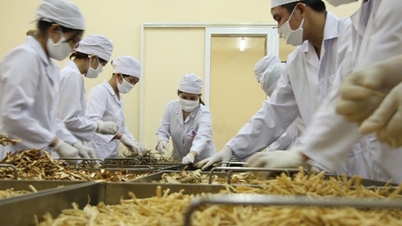









![[Video] Vietnam tourism breaks through in the golden season at the end of the year](https://vphoto.vietnam.vn/thumb/402x226/vietnam/resource/IMAGE/2025/11/16/1763307151750_du-lich-viet-nam-6654-jpg.webp)


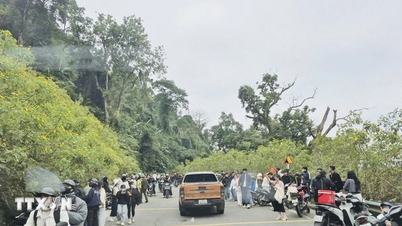


























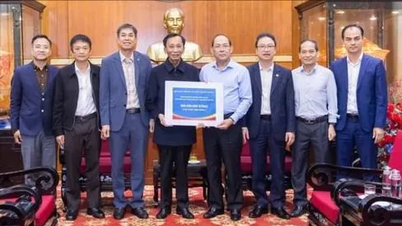














































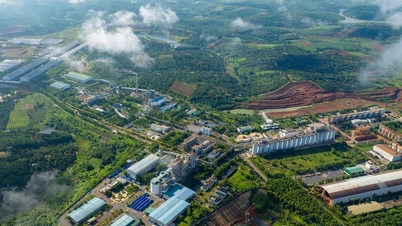
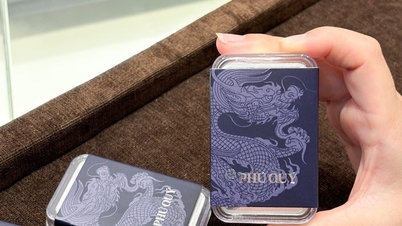












Comment (0)